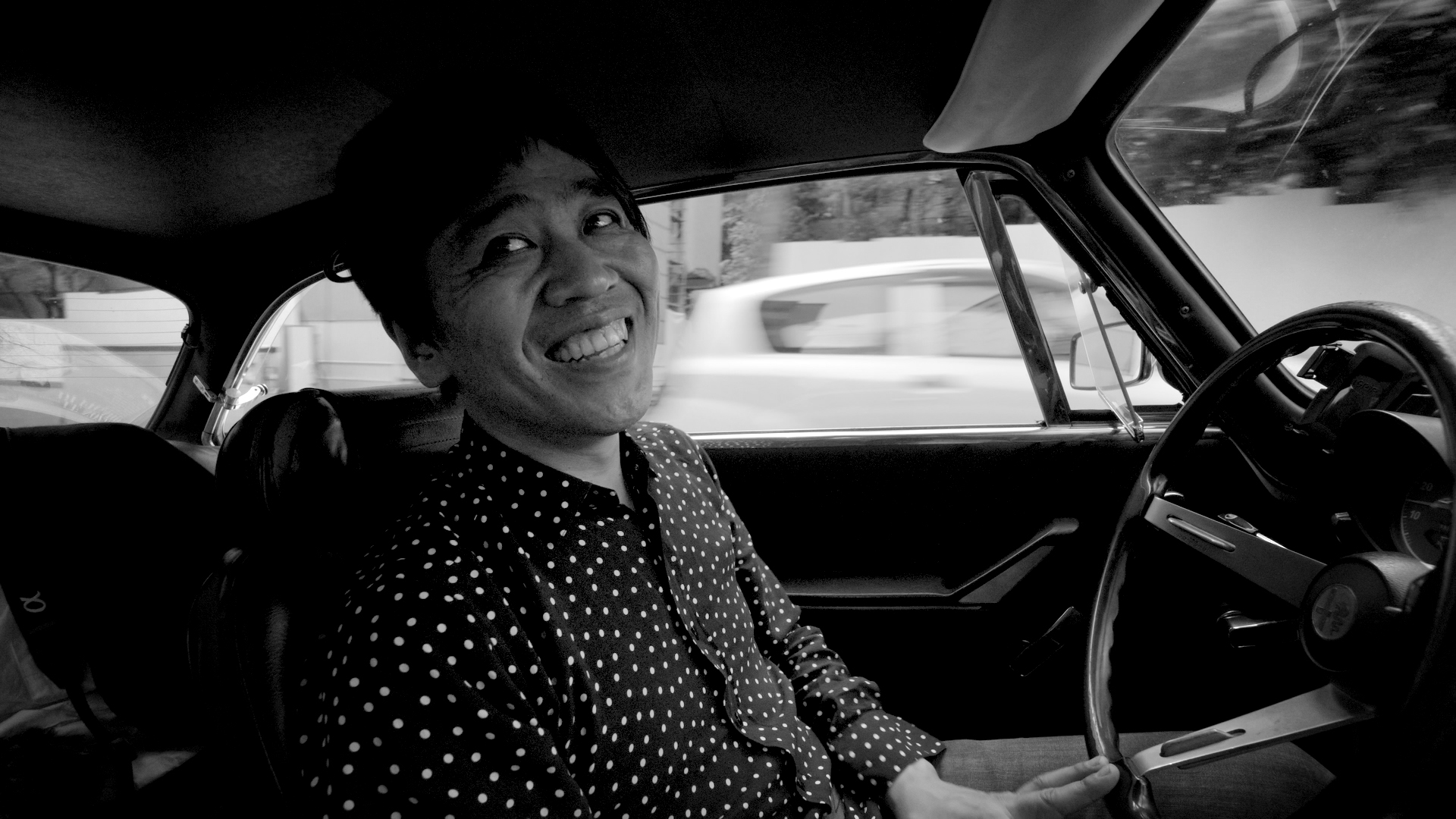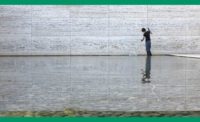Successful film festivals are used to hurdling challenges. Will this big-fish sponsor return? Can we use the same venues? How do we expand our audience and keep supporters engaged? After more than a decade, Kyle Bergman and the Architecture & Design Film Festival (ADFF) got pretty good at running the race, turning what began as a New York–based documentary showcase into a roadshow traveling to Los Angeles, Washington D.C., Toronto, and Vancouver.
But there’s no way to anticipate a pandemic. And in the first months of the COVID-19 lockdown, Bergman imagined, for the first time, a year without the ADFF. “In March, after we cancelled our festivals in DC and LA, and all of our spring events, we thought, ‘What are we going to do? Are we just going to turn it off for a year and go do other things?’” the ADFF founder and director recalls.
From Cannes to the New York Film Festival to smaller regional events, organizers grappled with salvaging festivals that depended on large groups sitting in confined, poorly ventilated theaters for hours at a time. For Bergman, the answer came from a place he wouldn’t normally have considered: streaming. “After taking a deep breath and doing some virtual screenings in April, we realized, ‘OK, we’re going to do a fall festival.’”
The 2020 Architecture & Design Film Festival runs from November 19 to December 3, with a slate of 16 features and two shorts programs. The films range from architect profiles — Alvar Aalto (AALTO), Paul R. Williams (Hollywood Architect), Raymond Moriyama (Magical Imperfection) — to explorations of places — Brasilia (A Machine to Live In), Uruguayan Utopian community Piriápolis (The Whole World), gentrified Toronto (There's No Place Like This Place, Anyplace). There are also more conceptual works, like The Arch., which uses conversations between the narrator, an elegant Italian architect called Mr. Dada (Davide Brambilla), and leading practitioners to examine how architecture shapes human experience. And, like past festivals, ADFF 2020 will host post-screening Q&As and discussions about the films, headlined by Bjarke Ingels (Making a Mountain) and Ryūe Nishizawa (Tokyo Ride).

The contours of ADFF 2020 feel refreshingly familiar, but to make it work in this pandemic year everything — from the screenings to the conversations — will be online. Rather than watching a film at a prescribed time and place, festivalgoers can access them on their schedules. And no one will miss pre-show introductions or post-screening events; they’ll be recorded ahead of the festival. “We had to rethink everything from beginning to end,” Bergman says. “We’ve never done a festival this way before, so this is all new stuff for us.”
That’s true beyond the technical requirements.
The ADFF was founded as a way to bring people together, physically, to watch films in an exceptional theatrical presentation and then mingle and discuss them afterwards. How do you do that digitally? Is it even possible? Hosting virtual screenings in the spring (four each in April, May, and June) and seeing people show up for them gave Bergman the confidence an online festival could come off.
The success of those early dips into streaming is partly attributable to what Bergman programmed. “We picked a lot of really positive and uplifting films I thought could help people who love architecture and design relieve some stress.” That sensibility carried into ADFF 2020. While the Bergman always strives for a certain amount of optimism, it was especially important to give viewers a boost this year. “I previewed films in the spring and summer that were made last year without any connection to the pandemic,” he says. “It was a little heart wrenching to watch them and realize how quickly things have changed, especially in our human-to-human connection.”
The absence of an in-person festival alters that connection for this year’s ADFF, too, but the change in venue created the conditions to dramatically expand who can participate. A festival untethered to a physical location means more filmmakers are involved this year. “We have filmmakers in Russia, Italy, Australia who may or may not have been able to make it to New York,” Bergman says. “Now everyone gets this opportunity, and that’s a great advantage.” It also means that anyone, anywhere, can attend. Typically, 5,000 people show up for the New York ADFF (annual attendance for ADFF events is roughly 23,000). Bergman expects a bump in the number this year.
“We’ve already gotten so much feedback from people saying, ‘I’ve always wanted to go to the festival, but I don’t live in one of the cities that you do it,’” Bergman says. “This idea of showing the films to a much wider audience is really exciting and really fulfilling.”
The gains the ADFF made in figuring out streaming and virtual screenings will likely reshape the festival. Bergman foresees a future where an online festival serves as a kind of exclamation point to its year. Physical festivals will play in cities like NYC, LA, DC, and Toronto, then a selection of films will play virtually for anyone who couldn’t attend in person. It’s the kind of evolution only an existential threat, like a pandemic, could have encouraged.
“I was always hesitant about doing things online,” Bergman says. “But the upside is there’s a great opportunity for so many more people all over the country and in Canada to see the films. It’s an additive part of the festival. It doesn’t close it down; it opens it up.”







Post a comment to this article
Report Abusive Comment